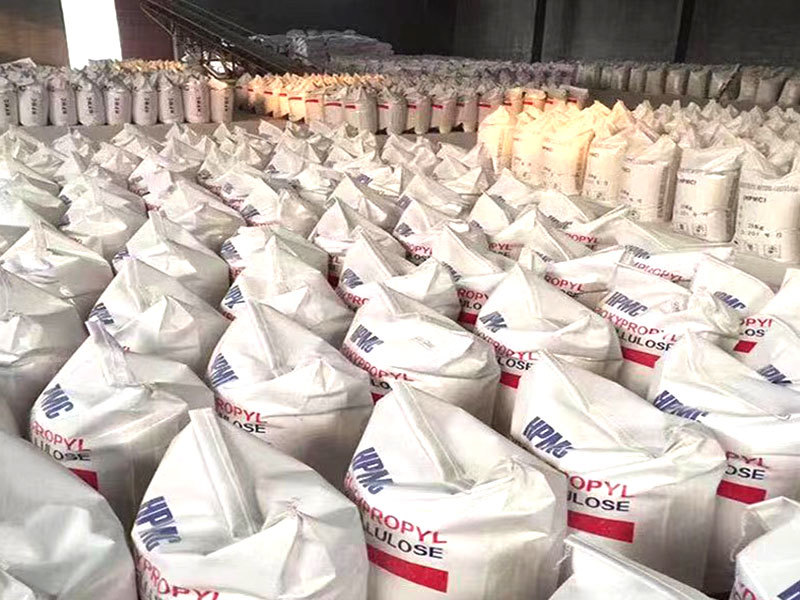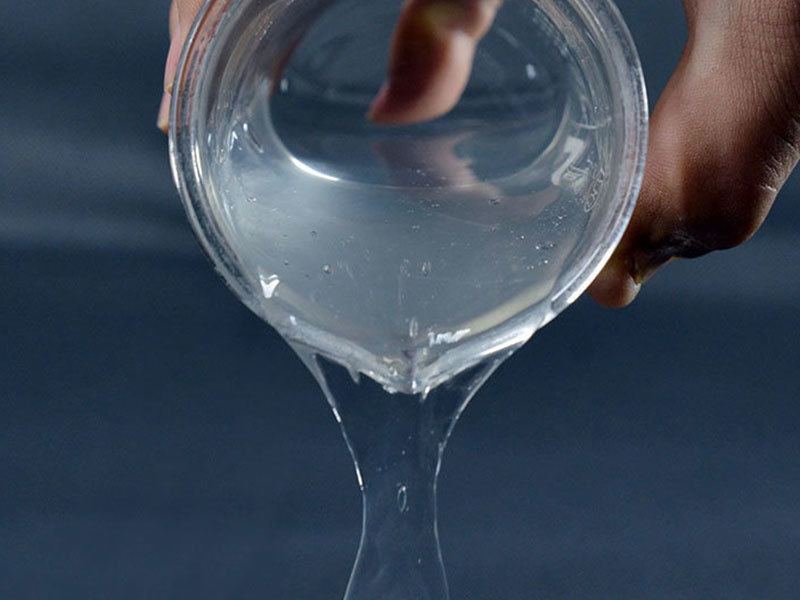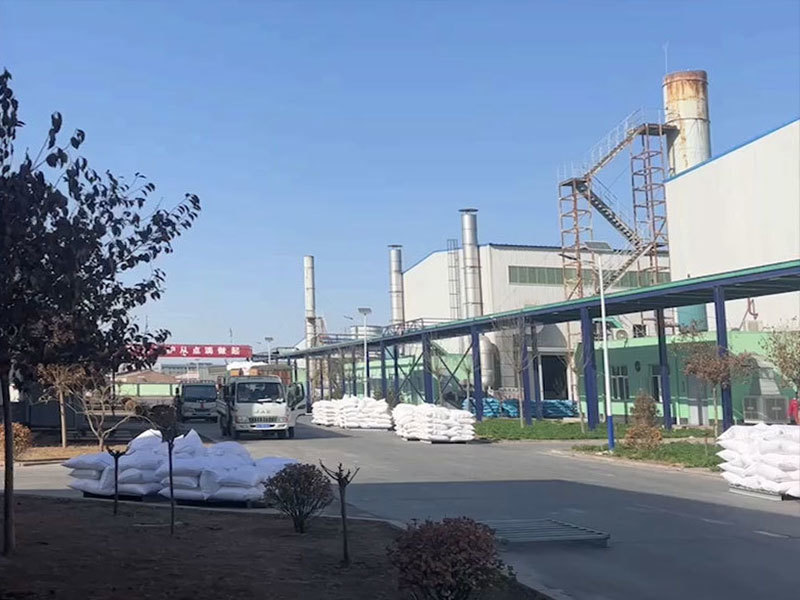The advantages and roles of hydroxypropyl methylcellulose in building materials
Release Time:
Apr 15,2024
Hydroxypropyl methyl cellulose is particularly widely used in building materials, known as industrial monosodium glutamate, often referred to as HPMC. It is a tasteless and odorless white powdery substance that can quickly dissolve in cold water, forming a transparent and viscous solution after dissolution.
Hydroxypropyl methyl cellulose is particularly widely used in building materials, known as industrial monosodium glutamate, often referred to as HPMC. It is a tasteless and odorless white powdery substance that can quickly dissolve in cold water, forming a transparent and viscous solution after dissolution. The raw material of hydroxypropyl methyl cellulose is mainly natural polymer material cellulose, which is often subjected to complex chemical processing to obtain non-ionic cellulose ether. It has many characteristics, such as thickening, water retention, dispersion, emulsification, film-forming, bonding, gelation, and adsorption.
Hydroxypropyl methyl cellulose is widely used in building materials. Below is a brief introduction to its role in various building materials, for reference only.
1. The advantages and roles of HPMC in putty powder and water resistant putty
In putty powder, the main function of cellulose ether in hydroxypropyl methyl cellulose is to bond, retain water, and lubricate, which can avoid cracks or powder loss caused by rapid water loss of putty. At the same time, it can also increase the adhesion of putty and greatly reduce sagging problems during construction, making construction smoother and more convenient.
2. The advantages and roles of HPMC in self leveling materials
The stable viscosity of cellulose ether in it can ensure that the self leveling material has good flow performance and self leveling characteristics, control its water retention rate, and enable rapid solidification, greatly reducing the problems of shrinkage and cracking.
3. The advantageous role of HPMC in interface agent materials
It is mainly used as a thickener in interface agents, which can improve the shear strength and tensile strength, effectively improve the coating surface, enhance the adhesion and bonding strength of the coating surface.
4. Advantages of HPMC in Ceramic Tile Adhesives
Hydroxypropyl methyl cellulose, due to its high water resistance, can significantly improve the bonding strength of ceramic tiles and substrates without the need for pre soaking or wetting. The slurry can be applied for a longer period of time, and is easy to apply, uniform and delicate, with good anti slip performance.
5. The Advantageous Role of HPMC in Sealing and Trenching Agents
Adding cellulose ether to the sealant and trench sealant gives it good edge bonding performance, high wear resistance, and low shrinkage rate, thereby protecting the base material from mechanical damage and avoiding the adverse effects of water infiltration on the entire building.
6. The role and advantages of HPMC in external wall insulation mortar materials
In the external wall insulation mortar material, cellulose ether mainly plays a bonding role, which can increase strength, make the mortar easier to apply, improve the efficiency of the operation on the side, and also have anti hanging performance, improve the shrinkage and cracking resistance of the insulation mortar, effectively improve surface quality, enhance bonding strength, and higher water retention performance can extend the service life of the mortar.
7. Application and advantages of hydroxypropyl methylcellulose HPMC mortar in the field of plastering mortar masonry
Due to its high water retention, hydroxypropyl methyl cellulose can fully hydrate cement, significantly increase bonding strength, and moderately improve shear and tensile strength, effectively improving construction quality and efficiency.
What Else Might You Learn?






